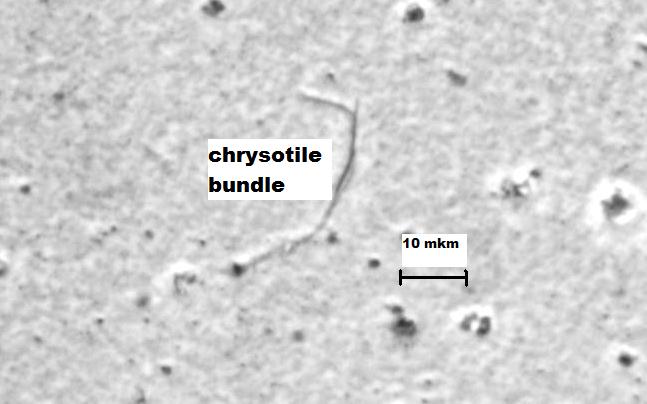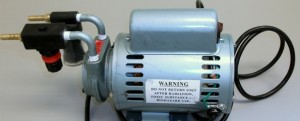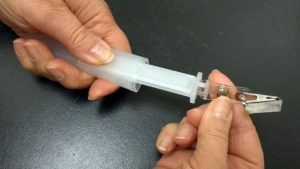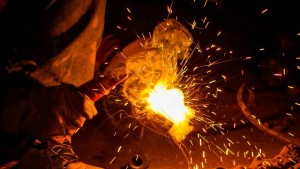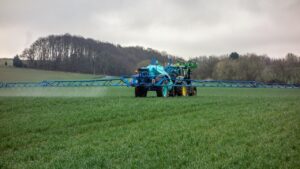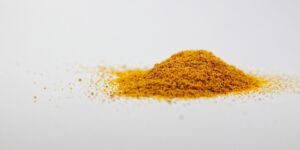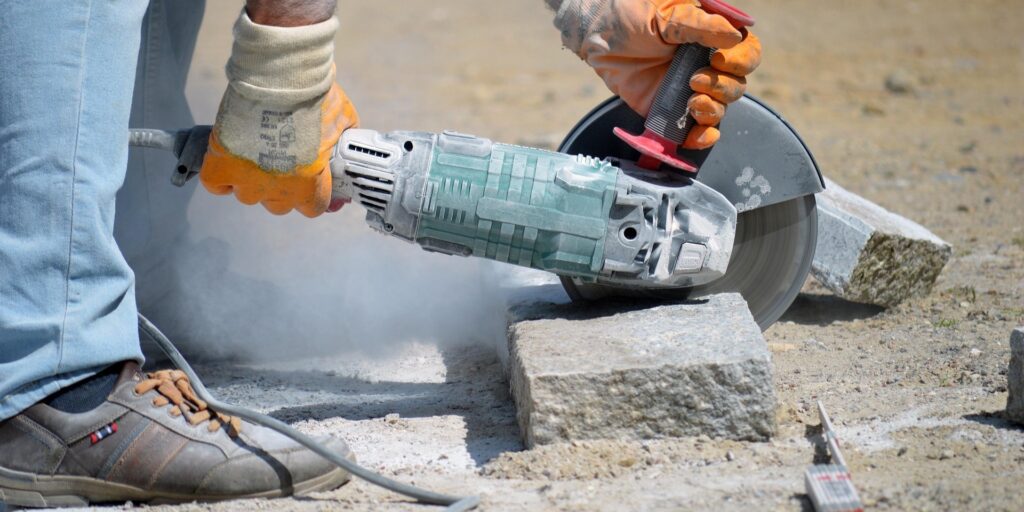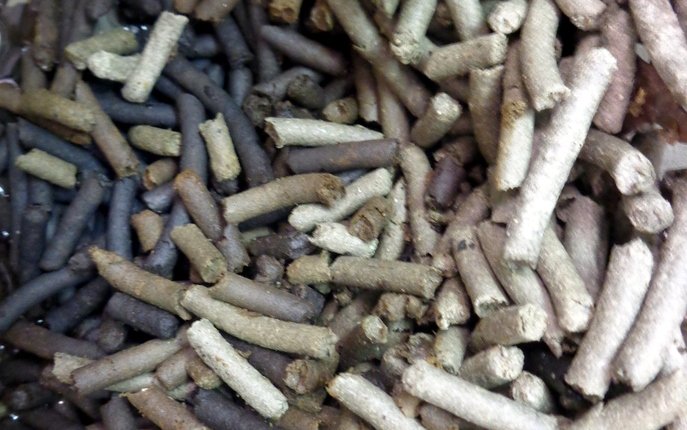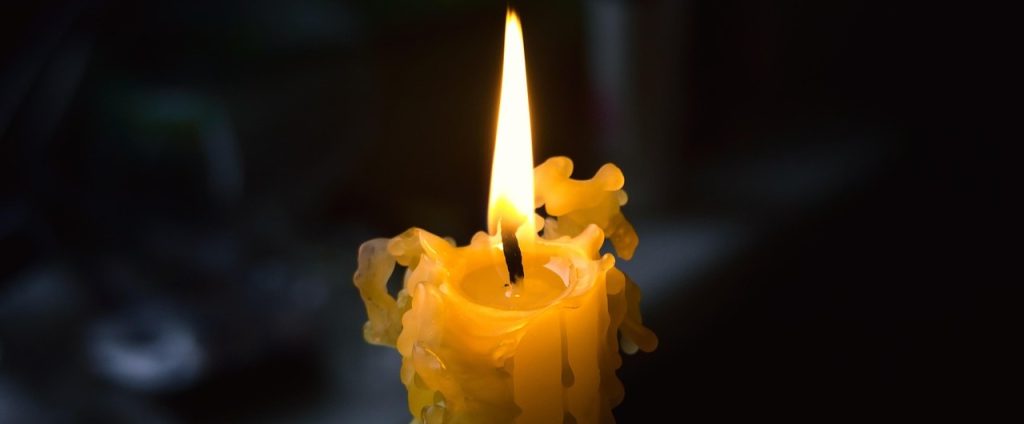LCS Laboratory Inc., based in London, Ontario, provides accurate and cost-efficient asbestos fibre count, utilizing the NIOSH 7400 method. Asbestos is present in many buildings constructed before 1981, often used as an insulation material or binder, with concentrations ranging from 1-3% in drywall joint compounds to as high as 50-60% in Transite boards and pipe insulation.
Why Asbestos Fibre Testing is Critical
Undisturbed asbestos-containing materials may pose minimal health risks, but when disturbed, they release harmful fibres into the air. Due to their needle-like shape, these fibres can penetrate lung tissue, potentially causing irreversible respiratory damage. Testing for asbestos fibres is essential, especially in areas with suspected asbestos presence or after renovation work that might disturb asbestos materials.
Regulations and Testing Methods for Airborne Asbestos
In Canada, the allowable asbestos concentration in workplace air is limited to 0.1 fibres per cubic centimetre (ff/cc). For post-abatement clearance, this limit is set ten times lower at 0.01 ff/cc (as of 2024). The NIOSH 7400 method, developed by the National Institute of Occupational Safety and Health (USA), is the standard for measuring asbestos concentration in air. This method involves collecting asbestos fibres on conductive cowl asbestos samplers, known as “PCM cassettes,” for precise analysis.
At LCS Laboratory, we analyze these samples to accurately measure asbestos levels in the air, ensuring compliance with Canadian regulations and providing clients with reliable data for safety and regulatory purposes.
Our Complete Service Offering
For workplace exposure assessments, post-abatement testing, or ongoing air quality monitoring, we offer a full range of services, including:
- Air sampling cassettes and pumps for on-site collection. We maintain a fleet of 10 environmental air sampling pumps for clearance testing, and 50 personal pumps for exposure assessment, which is sufficient for any project size.
- Laboratory analysis of the concentration of fibres. Our rates are openly published and updated annually.
- Detailed reporting to aid in regulatory compliance and safety decisions
For more information or to schedule an assessment, contact us via email to discuss your project needs. LCS Laboratory Inc. is committed to supporting safe environments through accurate asbestos air quality testing.

